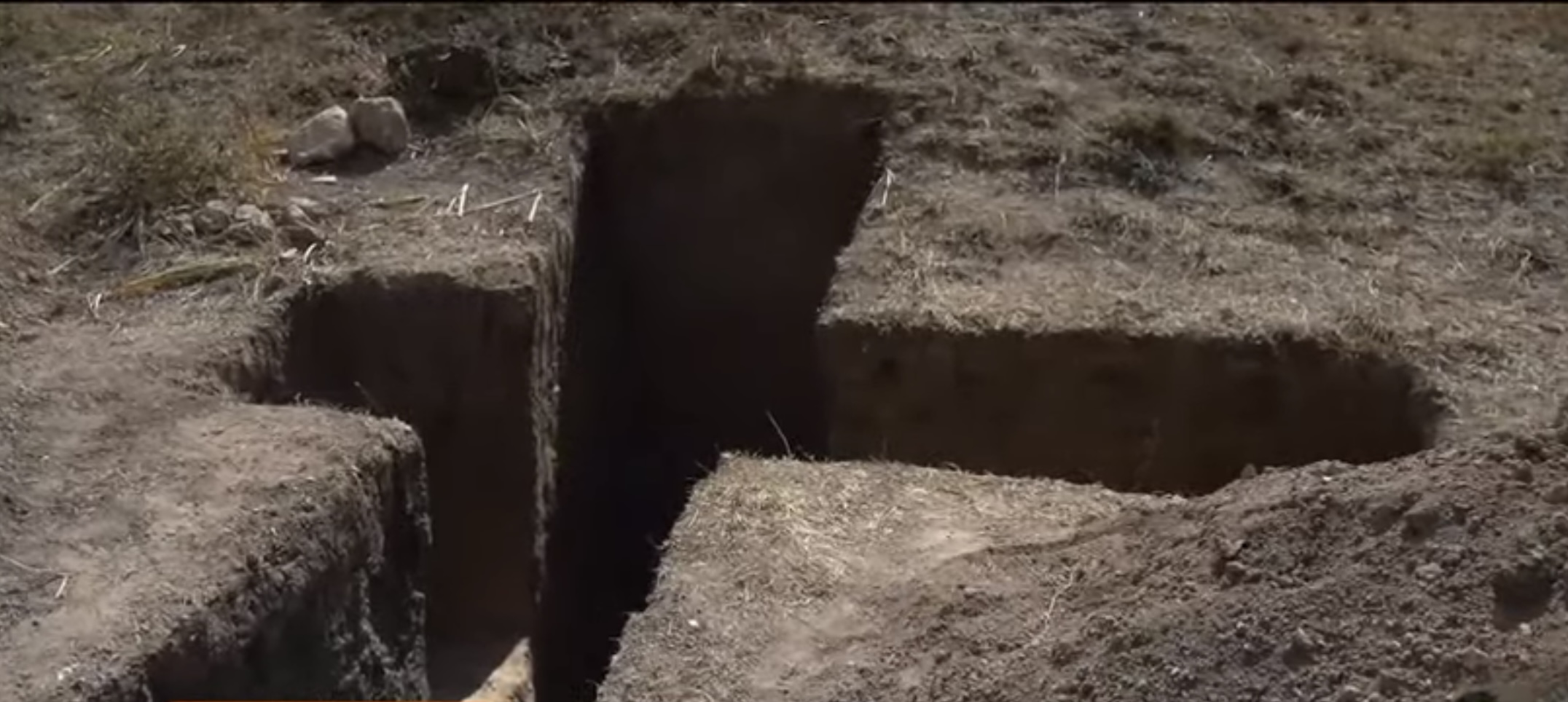ASTANA — Recent archaeological endeavors across Central Asia have unearthed remarkable findings that shed light on the region’s rich historical tapestry. From ancient burial sites to significant cultural monuments, these discoveries highlight the ongoing efforts to preserve and understand our shared heritage.

Excavations at Kyzylkol. Photo credit: Turkistan region’s press service. Click to see the map in full size. The map is designed by The Astana Times.
Burial of ancient warrior in the Turkistan Region
Archaeologists have discovered a unique burial site dating back approximately 2,000 years in the Turkistan Region. The excavation revealed several catacomb funerary structures, including the remains of a nomadic warrior and a wealth of artifacts such as iron arrowheads, horse bridles and buckles. While one grave showed signs of looting, another contained a well-preserved table jug and various iron artifacts.

Burial of ancient warrior. Photo credit: Screenshot from ‘31’ TV channel
To minimize disturbance to the landscape, the excavation team employed a new technique using a narrow dromos corridor. Over the past four years, this site has yielded significant historical artifacts and further excavations are planned for next year. All findings will be transferred to the Central State Museum of Kazakhstan in Almaty for further study.
Excavations at Kyzylkol
In another significant archaeological effort, researchers conducted excavations in the historical and cultural zone of Kyzylkol in the Turkistan Region. This site is home to important archaeological monuments, including the settlement of Aktobe and the Shoshaktobe Temple.

Photo credit: Screenshot from ‘31’ TV channel
This cone-shaped temple, constructed from Neogene red clay, features a diameter of 200-240 meters and a height of 18-20 meters. During the ongoing excavations from 2022 to 2024, more than a thousand ceramic fragments and tools indicative of religious rituals have been uncovered, underscoringthe site’s cultural significance.
Field excavations at Silbelitobe cemetery
In the Silbelitobe cemetery, also located in the Turkistan region, field excavations have revealed 16 unordered burials, showcasing the burial practices of the Kanly period. The graves, which reach up to 20 meters in diameter and two meters in height, were studied using innovative excavation methods that preserved the topsoil.

Silbelitobe cemetery. Photo credit: Turkistan region’s press service.
Notable findings in graves No. 5 and No. 6 included bone remains, pottery fragments and iron arrowheads, enhancing our understanding of ancient burial customs and tool use.
The discovery is particularly significant as no other excavated grave in the site has yielded a weapon like an axe, highlighting the uniqueness of this discovery. Karmir Blur, recognized as one of the key ancient monuments in the region, has been under excavation since 1939.
For those interested in more archaeological findings, The Astana Times has previously featured an overview of other important discoveries made throughout Kazakhstan.


